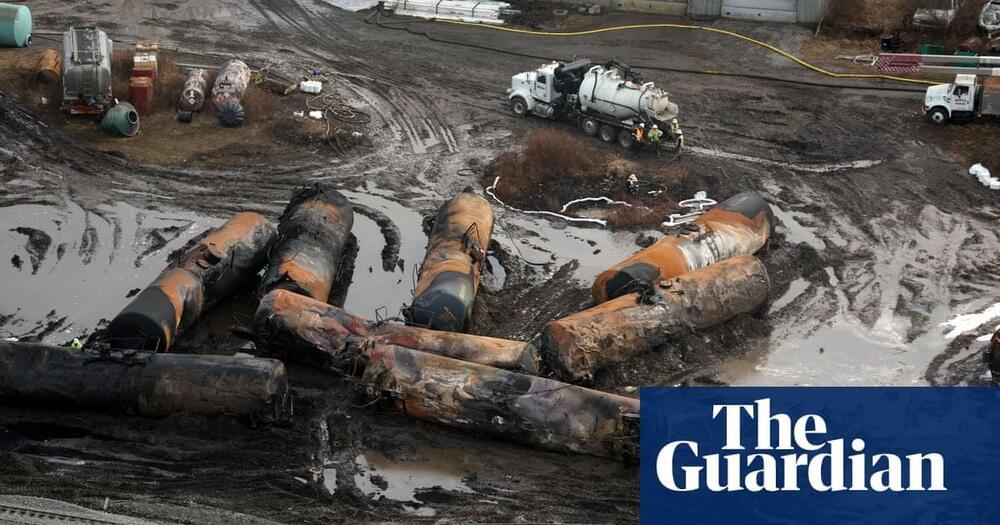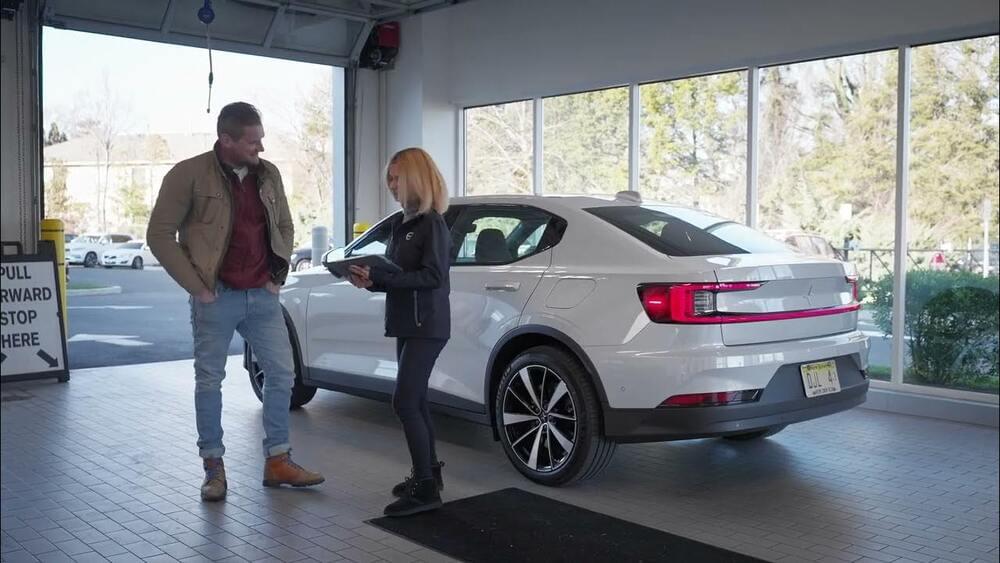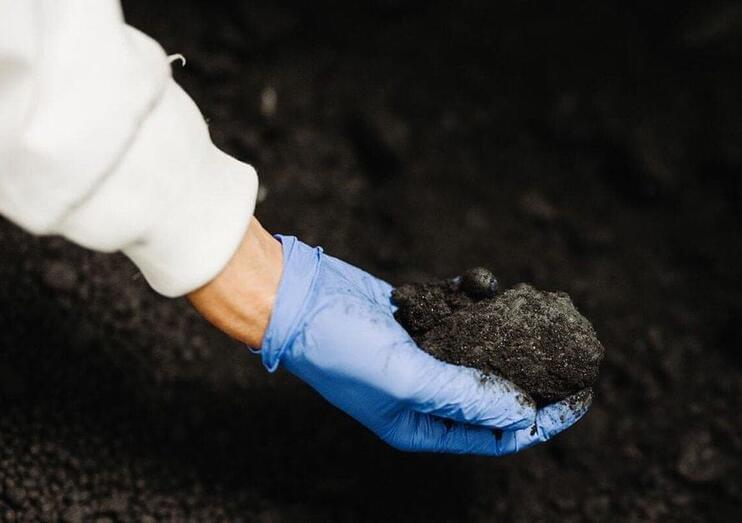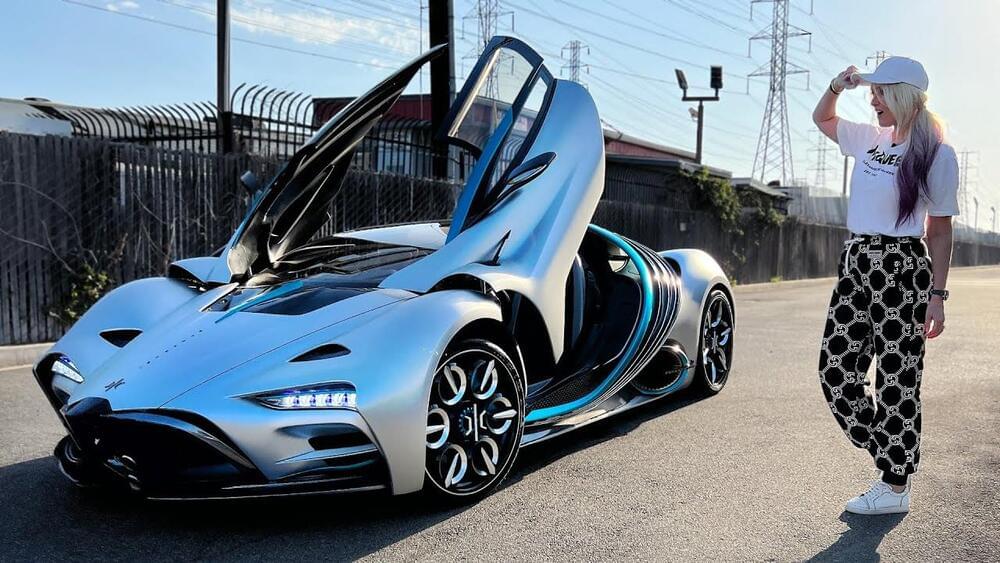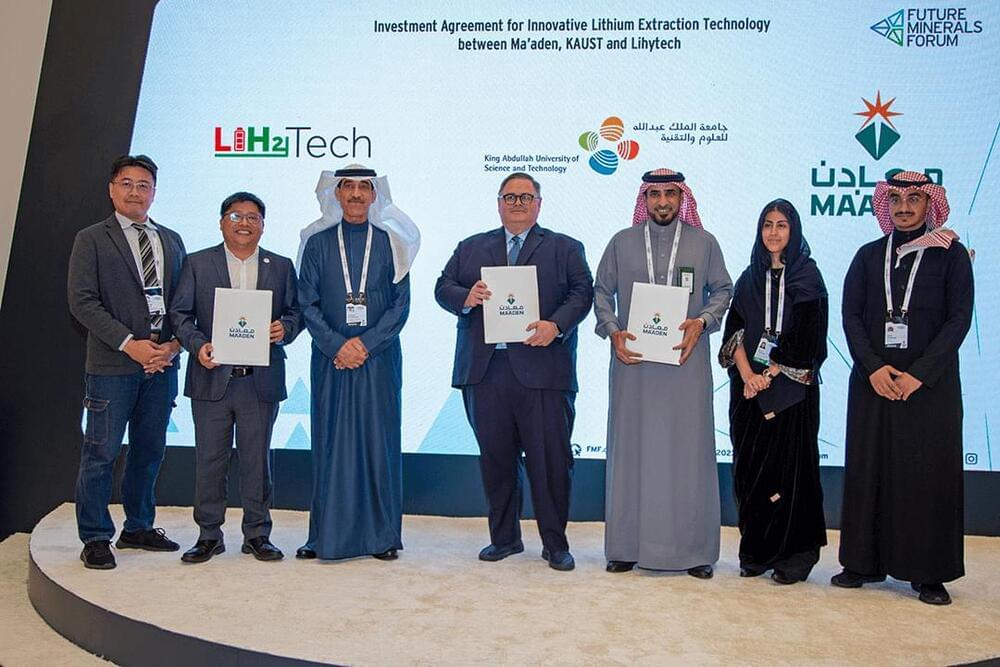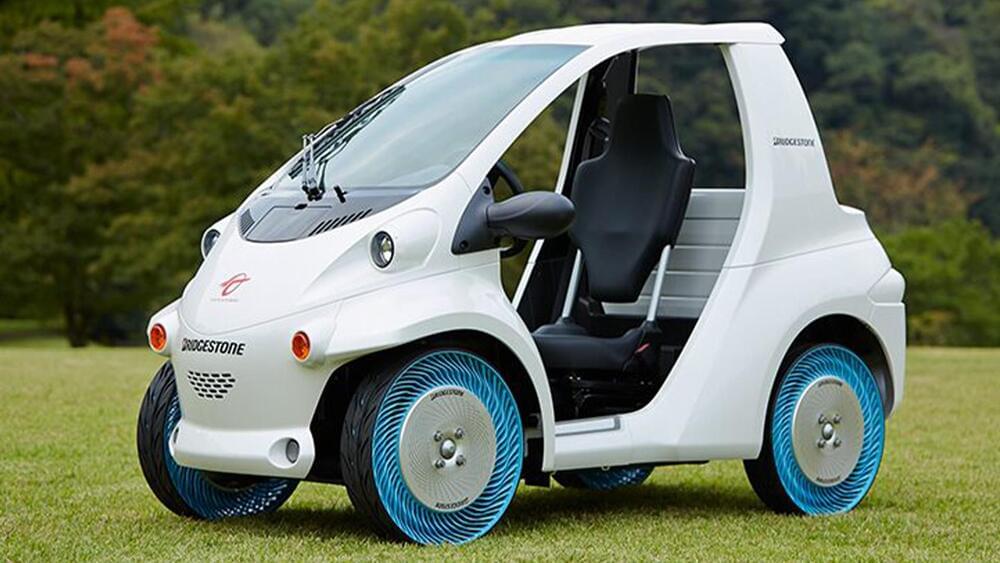Feb 13, 2023
Ohio catastrophe is ‘wake-up call’ to dangers of deadly train derailments
Posted by Saúl Morales Rodriguéz in categories: health, transportation
Though no one died in the accident, the catastrophe serves as a wake-up call to the potential for more deadly freight rail derailments, public health advocates warn. By one estimate, 25 million Americans live in an oil train blast zone, and had the derailment occurred just a few miles east, it would be burning in downtown Pittsburgh, with tens of thousands of residents in immediate danger.
Ineffective oversight and a largely self-monitoring industry that has cut the nation’s rail workforce to the bone in recent years as it puts record profits over safety is responsible for the wreck, said Ron Kaminkow, an Amtrak locomotive engineer and former Norfolk Southern freight engineer.
“The Palestine wreck is the tip of the iceberg and a red flag,” said Kaminkow, who is secretary for the Railroad Workers United, a non-profit labor group that coordinates with the nation’s rail unions. “If something is not done, then it’s going to get worse, and the next derailment could be cataclysmic.”
